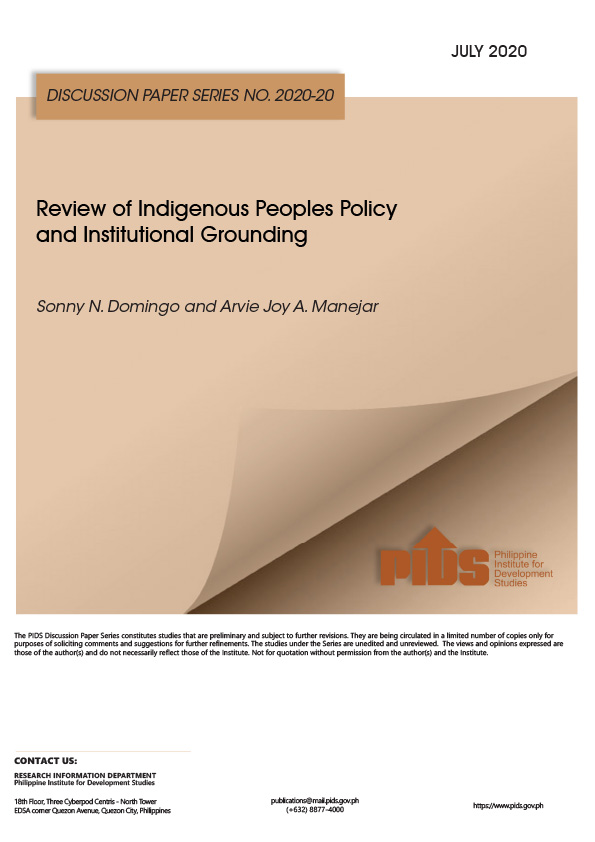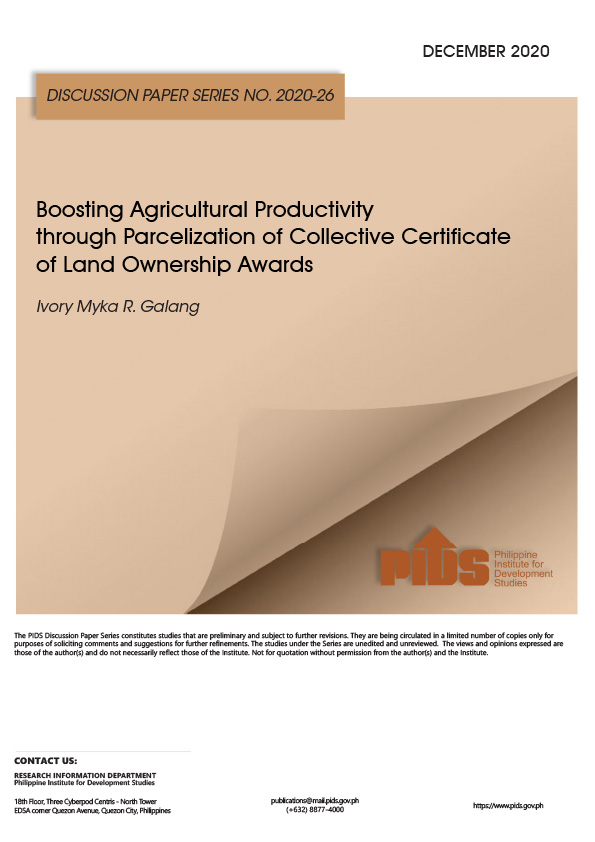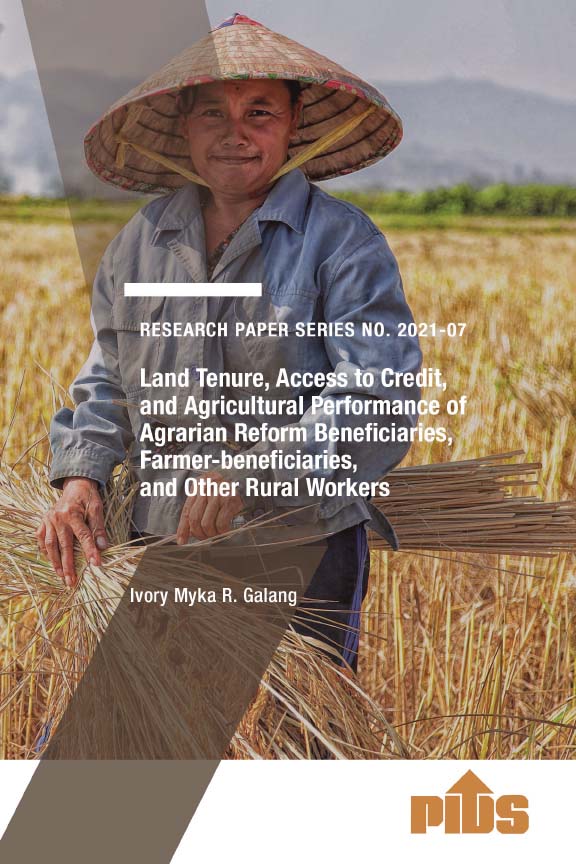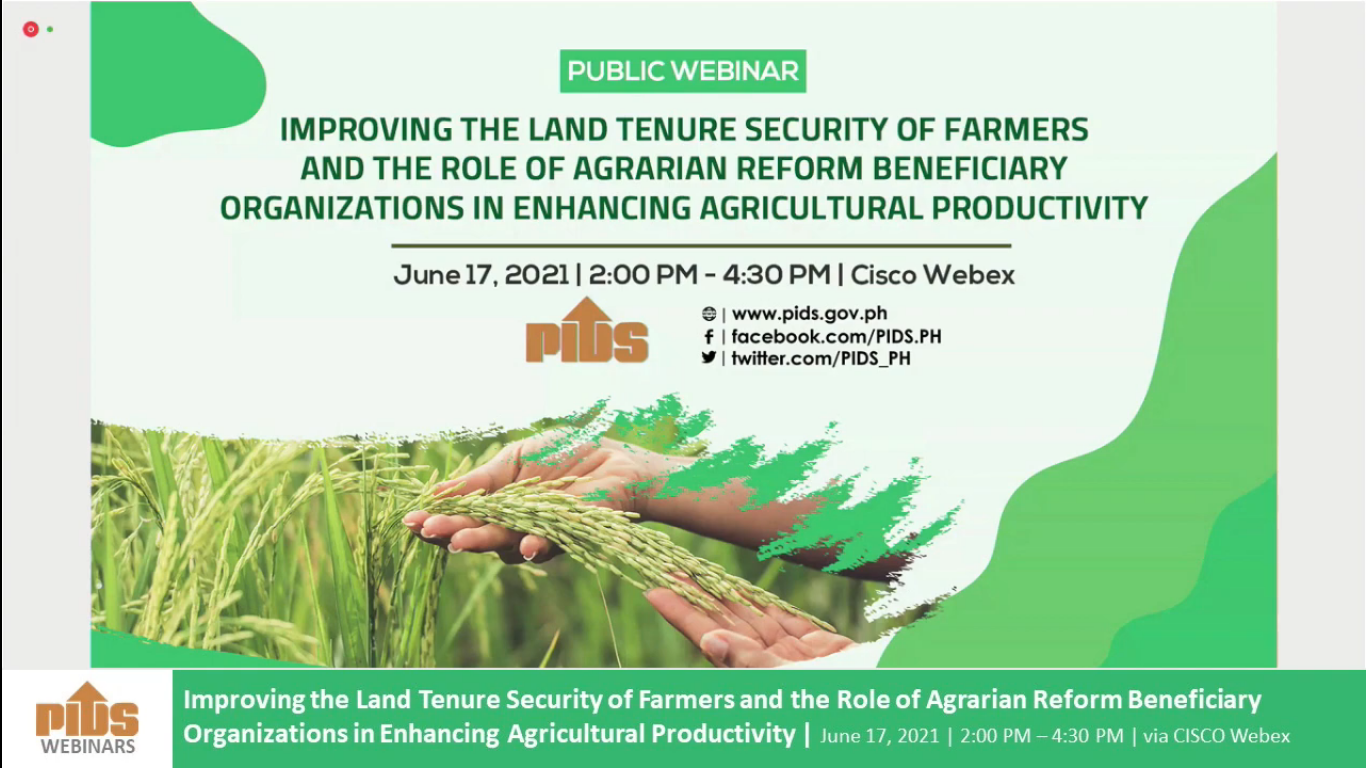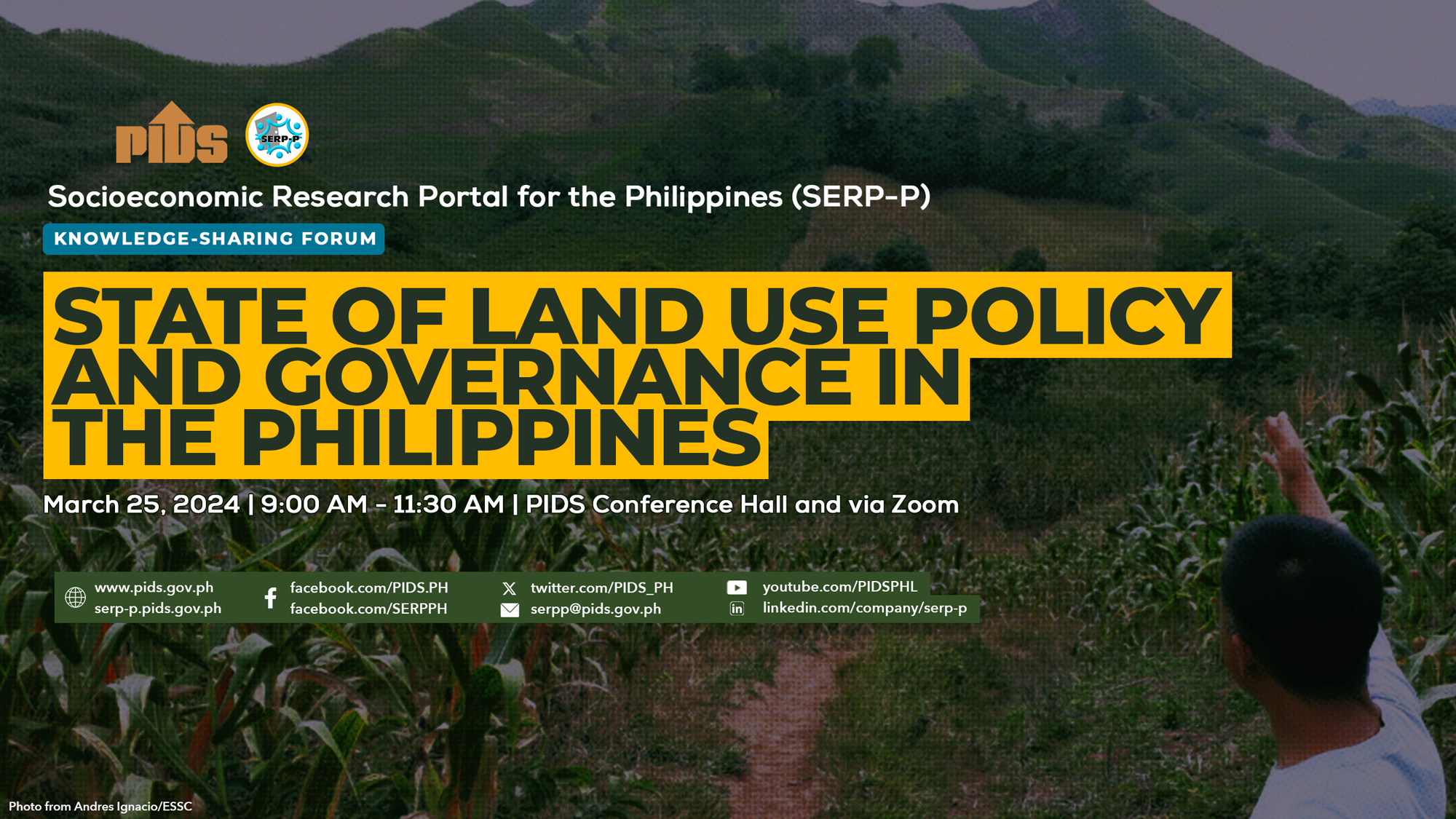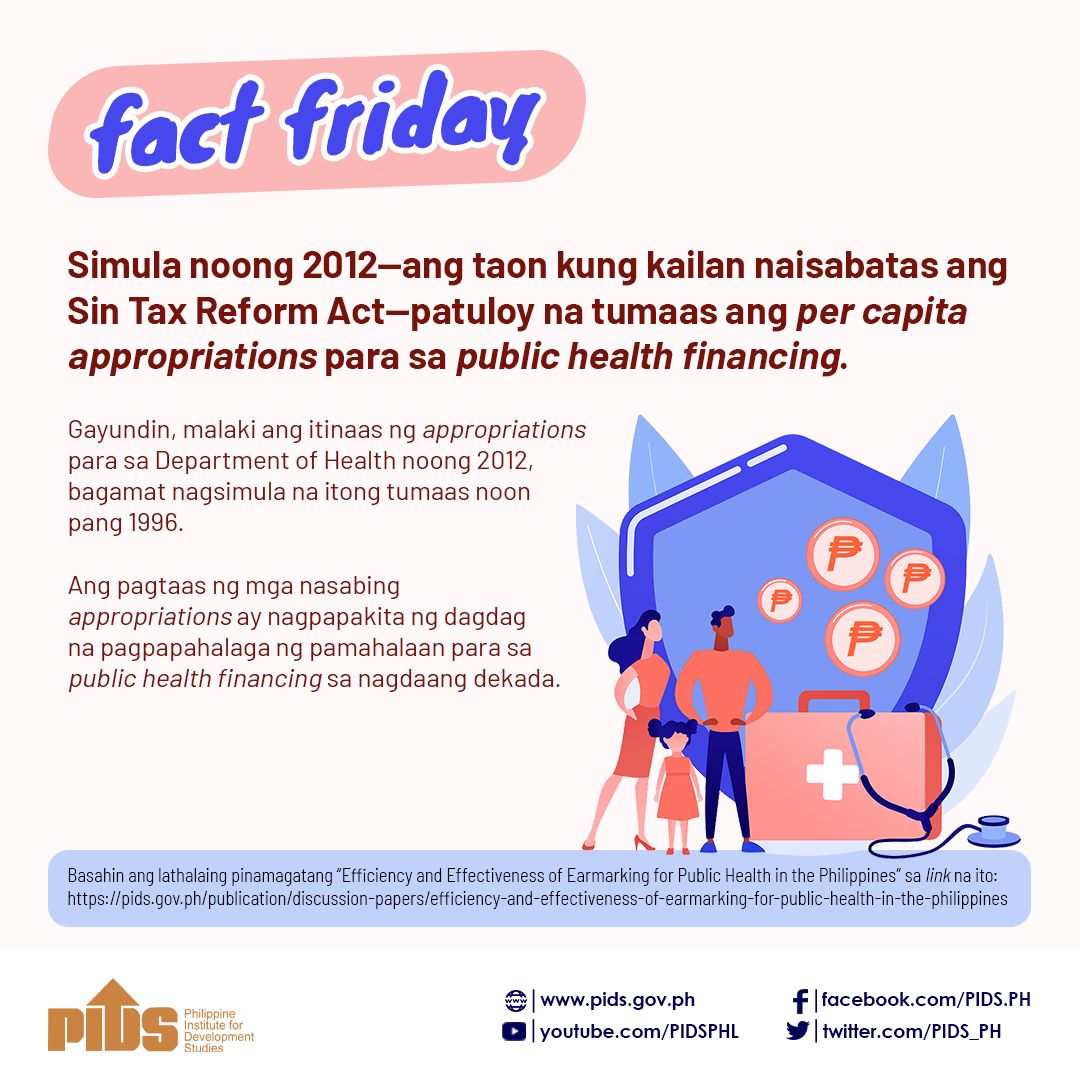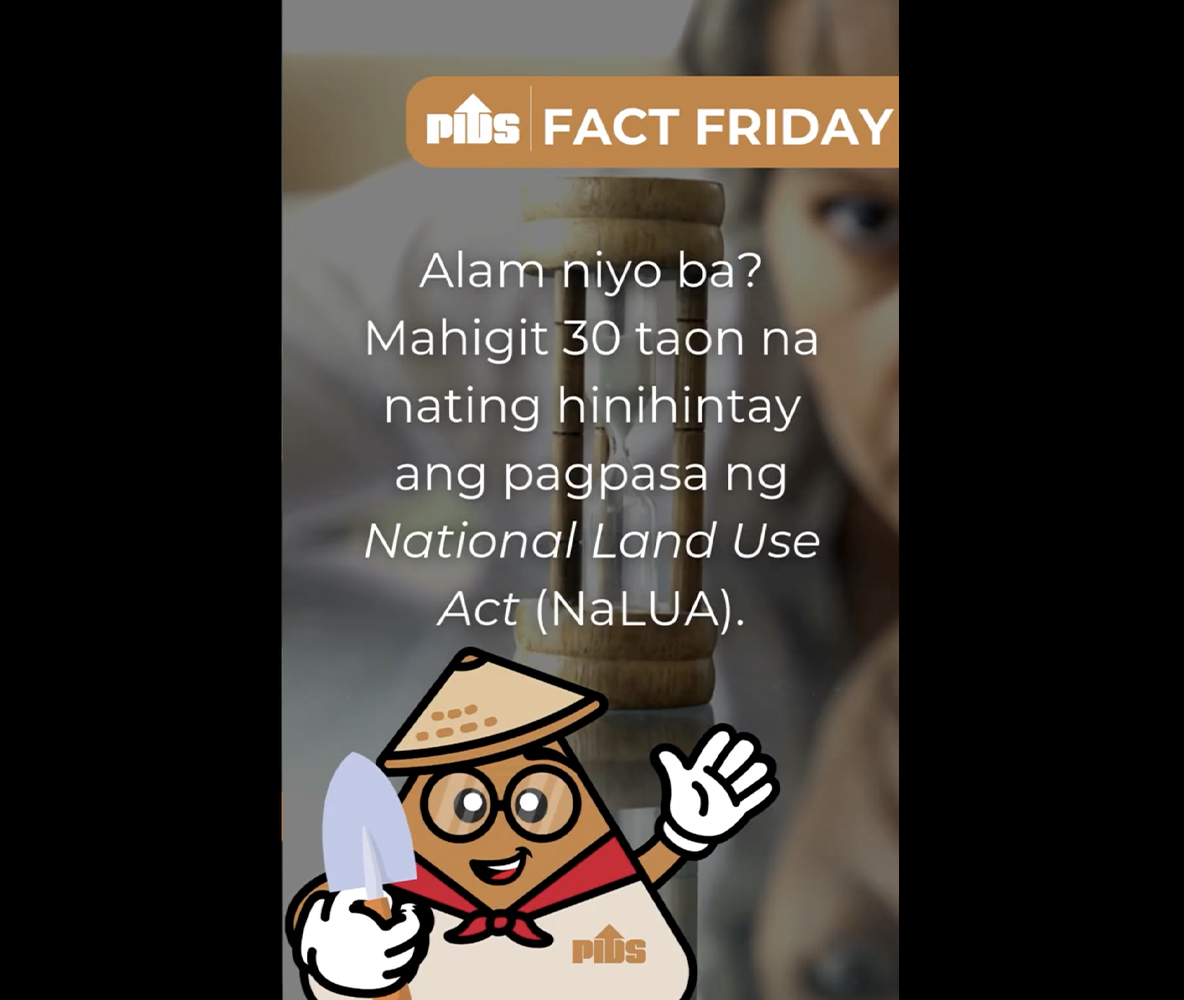THE MASSACRE of nine farmers in Sagay City, Negros Occidental has once again focused the public’s attention to the land reform program.
Land acquisition and distribution to poor and landless farmers have been going on for 30 years under the Comprehensive Agrarian Reform Program (CARP). Based on records of the Department of Agrarian Reform (DAR), about 4.8 million hectares have been awarded to 2.8 million agrarian reform beneficiaries (ARBs). The program had a total expenditure of P286 billion or an annual average of P9.87 billion from 1987 to 2016 – a hefty sum over a long period of implementation, prompting many to ask about CARP’s impact on beneficiaries.
In a 2017 study, the Philippine Institute for Development Studies said the accomplishments of CARP in terms of area covered and number of beneficiaries have been significant. Reformed area covered 70 percent of estimated non-owner-cultivated agriculture lands, benefiting about 54 percent of agricultural households in the country. CARP has also supported the distribution of about 2.5 million hectares of alienable and disposable lands and the issuance of stewardship rights for forest lands and leasehold rights for agricultural lands not covered by land reform.
Also reported in other studies were the positive effects of CARP on the beneficiaries’ welfare. For example, a 2015 survey of ARBs found that being an ARB has positive effects on total household income due to better access to various government interventions. Beneficiaries have also largely profited from the rapid increase in rice yield made possible by the Green Revolution technology. A 2009 World Bank study also found that 52 percent of CARP beneficiaries who were poor in 1990 became non-poor in 2000.
However, these outcomes were generally observed in areas where lands covered have higher productivity. It was also unclear as to what components of CARP have improved the welfare of beneficiaries since the effects were similar between families who obtained their land through the program and those who acquired their properties through purchase or inheritance. Also, there was no clear evidence of CARP’s success in terms of increasing investments in agriculture and enhancing access of farmers to formal credit.
Moreover, common issues like poor targeting and lack of efficient land record system continue to delay the program’s completion. Targeting has been hampered by the absence of parcel-based information on land use and ownership, making the process vulnerable to the influence of landowners and local officials, including those from DAR. This has resulted to ownership conflicts between landowners and ARBs as well as the cancellation of titles due to coverage of exempt or excluded properties and issuance of titles to unlawful beneficiaries.
Researchers noted, however, that while the implementation of the program may have been flawed, revising the law is unnecessary as there are only a few large sizes of agriculture lands left for distribution. For now, what can be done, they recommended, is to facilitate the resolution of long-standing issues (e.g., ownership conflicts, cancellation of titles, default on land payments by ARBs) and the completion of transfer of awarded lands to rightful owners.
Government also needs to focus on programs to modernize agriculture, with adequate provision of support services to small farmers to access new technologies, credit, infrastructure, value chains, and markets. Together with the Department of Agriculture, DAR can support policies and programs toward consolidating farm operations for economies of scale and developing social enterprises.
Redistributing land is not enough. There must be consistent government support for ARBs to become productive. After all, this is the ultimate goal of land reform.

